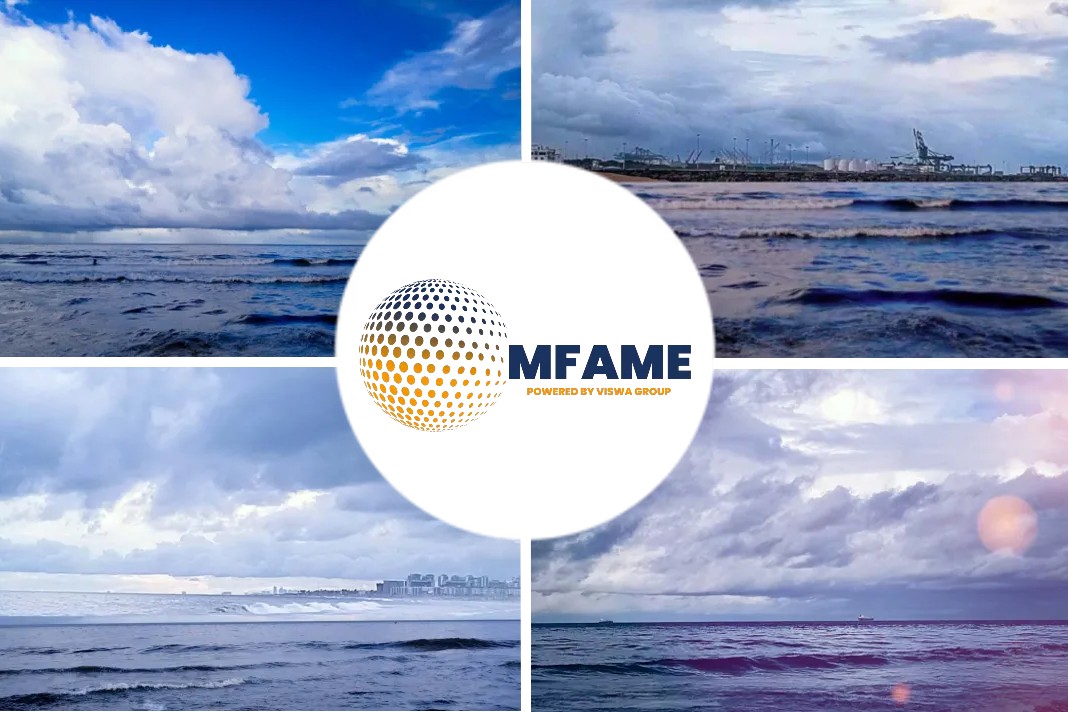- Recently FOBAS has tested a number of VLSFO samples from Singapore that exceeded the 0.50%v/v limit for water as stipulated in the ISO 8217:2017 specification.
- The fuels had water ranging between 0.65 to 1.90 %v/v.
- Water at these levels would be expected to be manageable during effective onboard treatment, however would still be a concern and would also have commercial implications.
A recent news article published in the Ship and Bunker states that FOBAS ALERT: High Water in Fuels in Singapore.
Determine the reduction of water to acceptable levels
If high water is found in a bunker fuel, then further samples should be taken from the top, middle and bottom of the respective bunker tank(s) to determine the distribution of water through the tank.
Further to this, samples should also be taken from before and after the purifier to determine the reduction of water to acceptable levels (0.20%v/v) before engine entry.
Any carry over of water into the engine fuel rail has potential to cause damage to the fuel pumps, injectors and cylinder components as well as possible turbo charger surging and fouling.
If your ships are planning to bunker in Singapore then we suggest that the supplier is asked to provide a certificate of quality of the particular stem to ensure that the water concentration is known at the time of bunkering and within the limits of stipulated grade.
Particular attention should be given to the collection of a fully representative drip samples ensuring all supporting documentation and samples drawn are witnessed and signed for by all parties present.
Leading provider of marine classification services
We are a leading provider of marine classification services around the world, helping ensure that internationally recognised safety and environmental standards are maintained at every stage of a ship’s life.
But we provide much more than traditional classification. We understand that in today’s complex marine industry our clients are facing challenges to achieve the best possible performance from their assets and operations.
We work closely with all industry stakeholders – shipowners, operators, charterers, designers, shipyards, equipment suppliers and port authorities – to support compliance with regulations, understand and manage the application of new technology and innovation, assess the risks of novel concepts and make them a reality, and achieve
greater operational and energy efficiency through optimisation.
Every service we offer is based on our technical insight and extensive experience, which means we can help our clients make informed decisions to improve performance and achieve their operating goals.
Did you subscribe to our daily Newsletter?
It’s Free! Click here to Subscribe
Source: Ship and Bunker

























